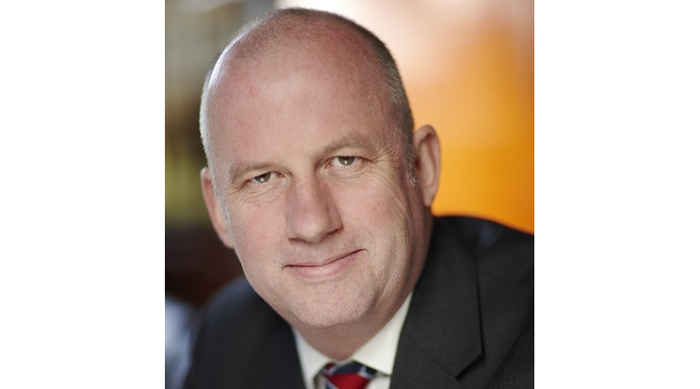Sunday, 14/12/2025 | 01:24 GMT+7
Innovation will be “absolutely fundamental” if the UK is to meet its 2050 energy and carbon targets.
That’s the view of Philip New, CEO of Energy Systems Catapult, who believes innovation in the industry will help transform the energy system.
Speaking to ELN at the Rushlight event yesterday, he said: “That’s not just technology innovation, in fact if anything, technology innovation is the easy part. It’s innovation across the whole system that’s going to be important. So business models, regulation, incentives, ways of working, understanding how users of energy respond and what their needs are.”
He believes the government is “doing masses to support the origination of innovation and working on how that is going to go to market and scale up properly”.
However he adds the task is very complex: “Bringing innovation in energy, these are difficult intransigence systems and they need long term and careful considerations… No one should kid themselves that it is simple and no one should believe that government or anyone else has got a magic wand.”
Talking about what the heart of the innovation strategy should be, Mr New said: “Is it about picking winners and supporting them consistently or is it instead trying to think through what are the conditions? What are the market environments that need to be set that can enable innovation to flourish and prosper and get to scale without needing specific point innovations? That’s a really difficult balance.”

The Energy Systems Catapult is one of the innovation centres set up by Innovate UK, sponsored by the Department for Business, Innovation & Skills.
It is currently focused on two projects – one looking at smart systems and heat 2to build a rounder understanding” of the environment that needs to be put in place for the transformation of using energy domestically.
The second looks into the future power systems’ architecture to get a clear understanding of how the physical system works today and “what factors need to change to enable some of the innovation to fit into the complex system we have”, Mr New adds.
Energy Live News








 Enhancing capacity to develop and implement energy efficiency policies at local level
Enhancing capacity to develop and implement energy efficiency policies at local level
 Bosch Vietnam Plant Benefits from Investment in Energy Efficiency
Bosch Vietnam Plant Benefits from Investment in Energy Efficiency
 Webinar 2: “Financial Support for Energy Efficiency Enterprises – Opportunities and Challenges”
Webinar 2: “Financial Support for Energy Efficiency Enterprises – Opportunities and Challenges”
 Vietnamese enterprises achieve green growth and cut costs through energy efficiency
Vietnamese enterprises achieve green growth and cut costs through energy efficiency
 Capacity Building for Program Implementing Entity
Capacity Building for Program Implementing Entity
 Promoting Energy Efficiency for Technical Staff of Brick and Ceramic Sector
Promoting Energy Efficiency for Technical Staff of Brick and Ceramic Sector
 Enhance Energy Efficiency Knowledge for Managers of Cement Industrial Enterprises
Enhance Energy Efficiency Knowledge for Managers of Cement Industrial Enterprises